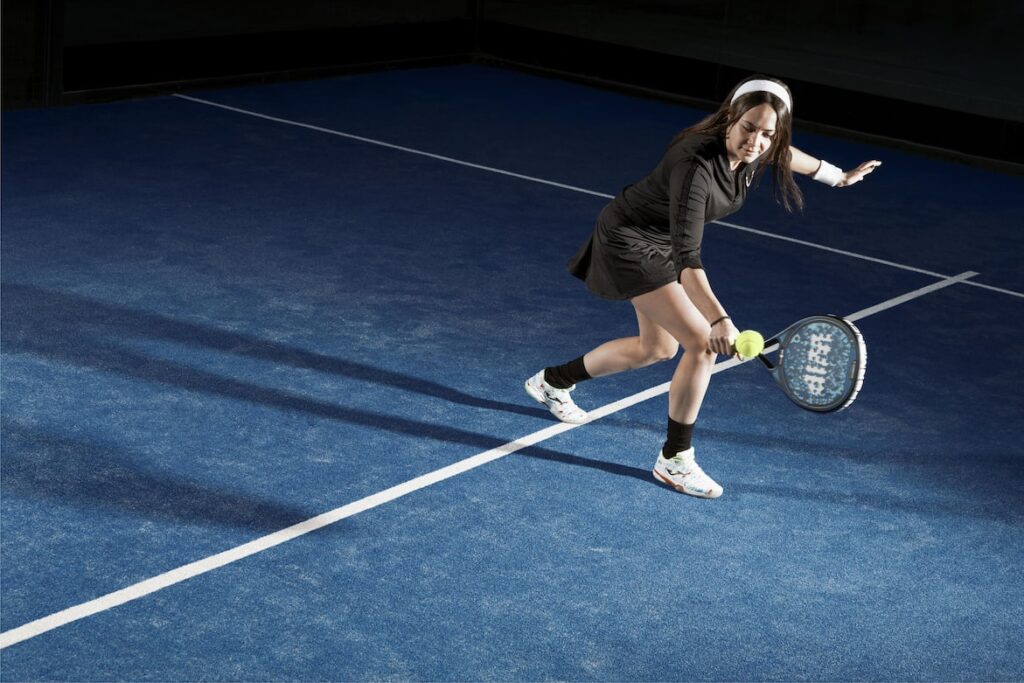Exploring the Basics: Padel Rules and Regulations
3 min read
Exploring the Basics: Padel Rules and Regulations
The Exciting World of Padel
Are you ready to dive into the thrilling world of padel? Look no further! In this article, we will guide you through the basics of padel rules and regulations, unraveling the secrets of this exhilarating sport. Whether you are a beginner or a seasoned player looking for a refresher, this article is your ultimate guide.
What is Padel?
Padel, also known as paddle, is a fast-paced racket sport that combines elements of tennis and squash. It originated in Mexico but quickly gained popularity worldwide due to its accessibility and exciting gameplay. Played in a glass-walled court, padel is often described as a mix of tennis and squash, with a touch of strategy and finesse.
The Court and Equipment
Before we delve into the rules, let’s familiarize ourselves with the court and equipment. A padel court measures 20 meters in length and 10 meters in width. It is enclosed by sidewalls, glass walls, and a metal mesh. The court is divided into two halves by a net similar to a tennis net.
The equipment used in padel is fairly straightforward. Each player uses a padel racket, which is smaller than a tennis racket and has no strings. The ball used in padel is similar to a tennis ball but slightly softer, allowing for better control and slower rebounds.
The Basic Padel Rules
Now let’s dive into the basic padel rules that govern this fantastic sport.
1. Serving
The server must stand behind the baseline and hit the ball diagonally towards the opposite service box. The ball must bounce within the receiver’s box without touching the sidewalls before the bounce. If the ball hits the sidewall and lands inside the service box, it is considered a good serve. On the other hand, a serve that hits the glass walls or fails to reach the receiver’s box results in a fault.
2. Scoring
Padel follows a similar scoring system to tennis. The game starts with love-all (0-0) and progresses to 15, 30, 40, and game point. If both teams reach 40-40, also known as deuce, the next point determines the advantage. If the serving team wins the advantage point, they win the game. However, if the receiving team wins the point, the score returns to deuce.
3. Let and Fault
During the game, if the ball hits the net and lands inside the opponent’s service box, it is called a let. The server gets another chance to serve without any penalty. However, if the ball hits the net and doesn’t make it over to the opponent’s service box, it is considered a fault.
4. Play and Boundaries
Unlike tennis and squash, you can play the ball off the sidewall or glass wall in padel. It adds a unique dimension to the game, allowing for creative shots and unexpected angles. The ball must bounce once on each side before players can volley or play it off the walls. However, keep in mind that hitting the ball out of bounds or into the metal mesh results in a point for the opposing team.
5. Winning a Set and Match
A padel match consists of winning two out of three sets. Each set is played to six games, with a two-game advantage required to win. If the score reaches 6-6, a tiebreaker is played to decide the winner of the set. The tiebreaker is played to ten points, and the team that reaches seven points first with a two-point advantage wins the tiebreaker and the set. The team that wins two sets first wins the match.
Now that you have a good grasp of the basic padel rules, you are ready to hit the court and start your padel journey. Remember to practice regularly and have fun while honing your skills. Padel is a dynamic and engaging sport that provides countless hours of enjoyment.
So what are you waiting for? Grab your padel racket, find a partner, and experience the thrill of this incredible game firsthand. See you on the court!






